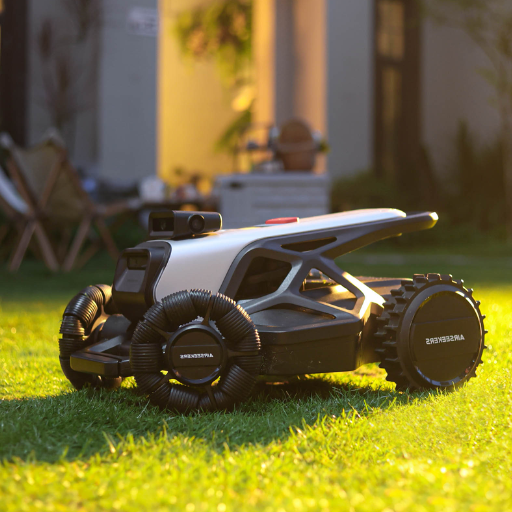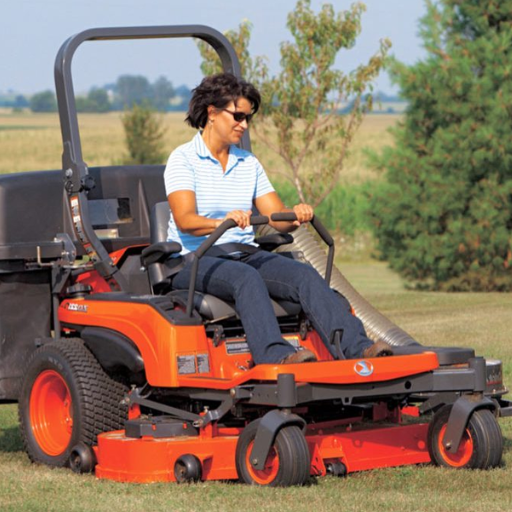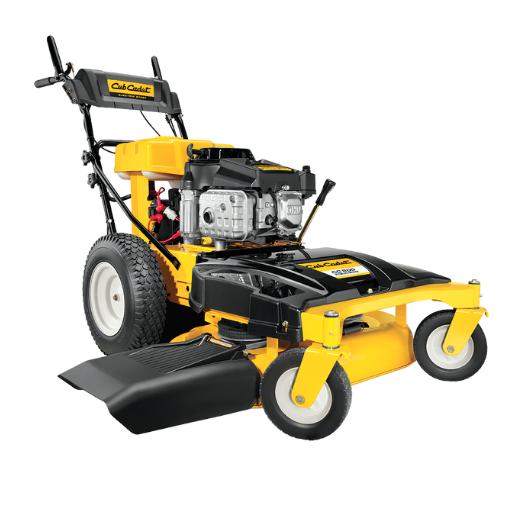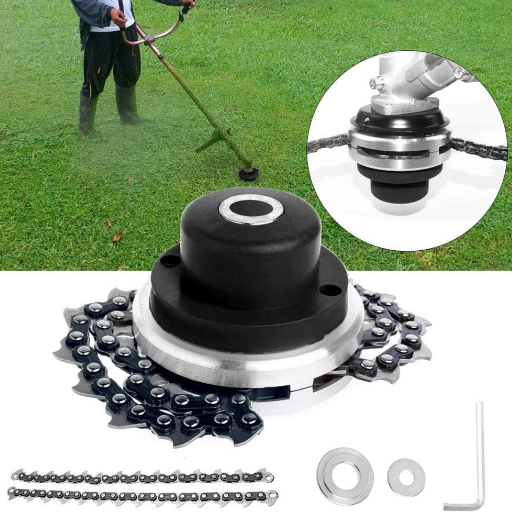Most people will agree that adding embroidery monograms to their projects makes them unique and distinctive. For most novices or experienced embroiderers, selecting an appropriate font is essential to achieve the intended machine embroidery project. The goal of this blog post is that by using the relevant styles in this source, you can choose the right style monogram fonts. Throughout this article, we aim to provide a simple yet comprehensive orientation, so readers understand all available options and how to best use them for their projects and enhance embroidery creations.
What is a Monogram Font in Embroidery?

When we speak about the embroidery monogram font, we mean a specific style of writing that has been specifically developed for the decoration of initials lettering. Fashion designers use these fonts to adorn fashion items such as clothes, linens, and accessories with decor using one or several initials of a person in a beautiful decorative style. Monogram fonts are made in various designs, from classical elegant to modern and playful designs, as suitable design is essential in a project. For best results, consider the monogram font, the sewing machine type, the intended fabric, and the impact the final design will have on the viewer when embarking on any design.
Understanding Embroidery Fonts and Their Uses
Embroidery fonts allow for adding elegant details to individualize every project. They make it possible to create monograms and labels or to sew on a name that better identifies the embroidered objects. It has often been said that the font style is essential to how a particular project appears. While working on a project, considerations such as font size, stitch count, and the type of embroidery machine used should also be factored into the plan.
Embroidery fonts can be divided into several groups according to their characteristics: Times New Roman, an example of Serif font, makes the writing look elegant because of the slender projecting features at the end of its strokes. Sans-serif fonts like Arial have a more contemporary feel consistent with modern designs. Script fonts also contribute to the look when added to upscale goods like wedding napkins and bath rubs, making the products stylish. Block fonts are straightforward with no frills in construction because they aim only for legibility. A wide selection of fonts is available online, some offered free and others at a cost. It is essential, however, to select the right ones that will fit the nature of the project and fabric.
In addition, a deep knowledge of the final embedded purpose of the embroidered product, such as whether the item is to be present, used for decorative purposes, or worn, will help in the selection process. Try out numerous fonts on the fabric swatch to see how they look and assist you in making decisions. Take advantage of the ability to preview the various font selections in embroidery design software before beginning stitching; the format may be changed. A well-chosen embroidery font complements the item and its theme and allows for perfect creation corresponding to the required style and character.
Different Font Styles for Monogram Embroidery
I use more explicit and graceful styles when different font styles are used for monogram embroidery. From widespread knowledge, serif types in the font are distinct and have classically formal features; therefore, they can be used in monogramming. At the same time, sans serif types are always appealing since they have a clean, modern appearance, which acts well with newer styles. Graphs are a pure measure for me if I want to achieve a more coherent style and less acute one, for example, for product personalization when the item is more expensive and sold for high-end clients. I prefer combining these styles for use with different fabrics and in other contexts because, as a result, the monograms are better integrated into the design.
How to Choose the Right Monogram Font
I always take the time to analyze some factors that help me choose the right monogram font. To start, I know what occasion and the design style of the item I am doing; is it a formal setting, a casual setting, or any style in between? This, and other factors, help me decide what font to use. After this, I check the focus of the monogram created and its legibility if it is to be the most prominent feature of the piece. I tend to play several mock-ups or choose from available options in embroidery software that emulate the design. Lastly, I ensure that the monograms are designed for current trends and classic designs that will not go out of style.
How to Design a Monogram Using an Embroidery Machine?

There are a few simple steps in making a monogram with an embroidery machine, which, when followed thoroughly, will give a professional touch. Decide on the function the monogram will serve and the particular fabric used, as this will determine your design decisions. Thirdly, pick a typeface suitable for the fabric used and your preferences. To make the design readable and attractive, use design software and select appropriate fonts and sizes for the monogram. Try out the designs on actual fabric samples to see how they would look and feel on the fabric. Alter the design where necessary to achieve the desired look before proceeding to the final embroidery stage. This step will ensure that the final monogram looks and performs as intended.
Steps for Creating a Monogram Embroidery Design
- Select Your Fabric and Stabilizer: Choose the appropriate fabric for your monogram. Ensure it pairs with a suitable stabilizer to support the embroidery and prevent fabric puckering.
- Choose the Right Thread and Needles: Match your thread to the fabric’s material and color scheme. Select a size that complements the thread weight and fabric thickness for needles.
- Design Your Monogram: Use embroidery software to create your monogram design. Consider spacing, font style, and size to ensure clarity and visual appeal. Experiment with different options before settling on the final design.
- Set Up the Machine: Hoop your fabric securely with the stabilizer beneath it. Program your embroidery machine with your design and adjust settings such as tension, hoop size, and speed according to the fabric and pattern.
- Conduct a Test Stitch: Test a fabric scrap similar to your final material. Observe how the design stitches out, making necessary adjustments to tension, thread, or needle choice.
- Embroider the Monogram: Once satisfied with the test, begin the final embroidery on your fabric. Monitor the process to ensure precision and address issues like thread breaks or tangling.
- Finishing Touches: After completing the embroidery, carefully remove the hoop and trim any excess stabilizer. Iron your piece to smooth the fabric, ensuring your monogram appears clean and professional.
Essential Embroidery Software for Monogram Fonts
Regarding software necessary for monogram fonts, few particular programs have stood out from the rest and are well-known even by industry experts and enthusiasts. One of those is Hatch Embroidery Software. Customers remark that it is charmingly simple to operate while boasting many fonts and customizability features ideal for monograms. Another fantastic alternative is Embird, which offers great editing tools and supports multiple types of embroidery machines. The third option, Brother’s PE-Design software, also gets a lot of positive feedback because it offers an extensive collection of fonts and design tools, making it efficient for any embroidery tasks, including detailed monogram projects. However, these software programs differ regarding the tools provided and how one could create high-quality professional monograms.
Tips for Embroidery Monogram Placement and Size
The item’s design is worth noting when deciding where embroidery monograms should be placed. The traditional location would be the chest on the left-hand side, so the center of the monogram would be located 7 to 9 inches down from the shoulder seam and 4 to 6 inches from the center of the front panel, in the case of men’s shirts. When embroidering towels, the monograms are expected to be placed above the towel edge, lasting about 4 inches on the top of the towel, and placed in the center. The representative position for napkins would be the lower right section, about one or one and a half inches up from the bottom border.
In this case, the proportionate size of the items reflected in the monogram is reasonable. For example, where a shirt monogram on a person’s chest would be approximately one and a half inches tall, while a monogram across a towel would fit in a range of between two to four inches depending on the size of the towel and the distance above the bottom hem which would be a similar notch zone on shirts. The correct thread tension needs to be set, which has a more or less balancing weight around the 120 to 200-gram mark but must be varied as per the fabric’s requirements for embroidery to provide sharper outlining. Always interpret on a piece of the cloth for the proper endeavor.
Where to Download Embroidery Monogram Fonts?

Embroidery monogram fonts are now available on a variety of platforms. Etsy, Creative Fabrica, and FontBundles.net are examples of such sites that carry strains of monogram fonts purposely meant to be embroidered onto fabrics. Some of these sites provide free services, while some demand a fee, which can depend on the project due to its requirements or the available resources. Also, highly used embroidery programs like Embrilliance and Hatch frequently feature their font libraries of numerals and words, but these must be paid for. However, when choosing a font provider, ensure it works with the machine and software to use the intended format.
Top Websites for Free Monogram Fonts
- Dafont.com: Dafont is a famous font repository offering diverse monogram fonts for free personal use. With thousands of options, it provides detailed previews and easy download options, making it user-friendly for beginners and pros alike. Many monogram fonts on Dafont can add a personal touch to embroidery projects without cost.
- Fontsquirrel.com: Known for its high-quality and free fonts, Font Squirrel offers a variety of monogram fonts suitable for embroidery. The site ensures all fonts are licensed for commercial use, making it an excellent choice for small business projects. The website’s clean interface and organization by category help users quickly find the perfect monogram style.
- 1001fonts.com: This site provides a substantial selection of free monogram fonts, ideal for personal and commercial projects. 1001 Fonts offers a preview feature, allowing users to visualize their text in different fonts before downloading. Regular updates and various styles make it a reliable resource for embroidery enthusiasts seeking free options.
Understanding File Formats for Embroidery Fonts
About the conversation about file formats of embroidery fonts, the most important thing is that the file works with the software and the machine. I prefer websites like Dafont, Font Squirrel, and 1001 Fonts because they contain many downloadable monogram fonts that suit most embroidery systems. These sites usually include .ttf or .otf font files, which are standard and widely used. However, it is essential to check whether the font that has been selected is endorsed for the particular machine for embroidery in question, as some will have to be altered to a specific machine file type for embroidery, such as .pes or .dst. By examining the formats and compatibility, I have no doubts about incorporating new fonts for the projects.
How to Save and Include Fonts in Your Collection
I usually begin by looking for monogram fonts on the sights, such as Dafont, Font Squirrel, and 1001 Fonts, to save or include new fonts in my collection. For example, if I come across a font I like, I ensure it is .ttf or .otf. From there, I proceeded to download the font to my computer before moving on to check the license and make sure the font could be used commercially. To use the downloaded font, I open it up and press ‘install.’ Alternatively, I may drag the font into my computer’s fonts folder. Because of migrating the file into the respective folder, the installed fonts must be accessed through relevant design software for future embroidery projects. Being able to cross-reference the fonts that have been downloaded and the files that contain the licensing information is helpful for future designs.
What are the Popular Embroidery Designs for Monograms?

As far as monogrammed embroideries are concerned, serif letters and ornate letters are simple yet elegant styles. Often, block letters are famous among those who like clean, modern lines. To a substantial degree, embellishments through typography, including frames to monograms, lend a certain flair to clean designs and add a fun, decorative touch. Even graphics or small images, such as a flower or other themed photos, can make personalization easy and expand the target audience further. As a result, the variety of themes expands, and these images can be used to touch different pieces of clothing, towels, bags, and linens that show one’s style.
Classic vs. Fishtail Monogram Styles
There are notable differences between fishtail monogram styles and classic monogram styles. Classic monogram styles are famous for the letter forms, and these designs are generally serif-type fonts. Serif monograms are usually designed with the last name in the center, so they are best used in formal or classic scenarios. Because of their formality, they are commonly seen on wedding linens or other household textiles that should be passed down through generations. In contrast, fishtail monograms are designed and constructed entirely differently with simple, long, and flowing letters to give an illusion of more contemporary or playful movement. This technique is quite popular when designing young or informal designs. It is commonly found on day-to-day items such as tote bags and shirts for people who want to incorporate personalization elements. Depending on the user’s requirements, one can always decide on either style’s aesthetic.
Using Frames and Applique in Monogram Embroidery
In monogram embroidery, frames and applique add an extra layer of sophistication in that the initials are better displayed when surrounded by frames and other fabrics. They serve as a kind of veranda that enhances the monogram’s prominence and the overall appearance of the design while making it look more complete and finished. If my memory serves me right, applique is mainly used to give texture and layers to the monogram designs to add depth for creative purposes while doing the layering. This is especially beneficial when making eye-catching pieces in which the texture of the monogram enhances its appeal so that every piece is one of a kind and very attractive. The result of intertwining these aspects is an individual touch on the pieces that makes them very pleasing to the eye while also being complex in terms of texture.
Creating Unique and Custom Embroidery Monogram Fonts
According to my studies, the development of customized fonts begins with tools such as software that facilitates font design or digital platforms. It should also be noted that, depending on the typography and the customers’ desires, I develop my design concepts for the future. Thanks to my knowledge of trends and specialist best practices from the best embroidery blogs and forums, I can make new styles that align with the market’s needs. So, if all these works go as required, then it is assured that they will all be unique and individualistic to their taste but will render high quality and utility.
How to Sew a Monogram on Different Items?

Monograms can be sewn onto different items by placing a fabric and stabilizer depending on what the item is made of and how it will be used. After that, select the embroidery threads that stand out, and pick the color to go with the fabric. When placing the monogram, please keep the item’s purpose and the garment’s design in the appropriate proportions. The most common monograms on clothing are on the cuffs, shirt pocket, or collar, while bed linens and tablecloths may have them in the center or corners. Change the sewing machine’s settings according to the thickness and type of fabric and perform a test run with a sample swatch before sewing in the monogram. Cut off all loose threads with great caution and, if any, correct the decoration of the monogram to make it look professional and neat.
Perfect Monogram Placement on Towels and Linens
Proper techniques should be followed when placing towels and linens to achieve the desired results. The towel has a monogrammed border, placed four inches above the bottom edging, making it easily visible while the towel is folded or hung. The branding of bath towels should be between three and five inches from the edge, while hand towels should be approximately two or three inches; this assures a neat finish. On washcloths or table covers, the napkins should display the monogram at the corner for exact presentation when the table cover is napkins. Adhere to monograms without detracting from other pieces by thinking about the design and layout of the products. It is recommended to always start with measurements and then adjust a water-soluble fabric pen or jig to position the elements precisely.
Choosing the Right Font and Size for Wedding Gifts
In approaching the design of the font and the size for a wedding gift, I aim to be more considerate about the couple and the occasion since the font cannot be arbitrary but has to connect to the styles. Fonts such as Times New Roman or Edwardian Script scripts will complete the gift’s classy touch. I would also examine the type of product to maintain the prominence and clarity of the font. If it relates to towels and linens, it would be great to select a size between 1 to 3 inches above the area of the position to which the words are written onto the towel, depending on the size of the gift. All in all, the typeface and the point size should be appropriate for the type of gift because it is an extraordinary gift that one intends to present to a married couple as a keepsake.
Exploring Script and Fancy Fonts for 3-Letter Monograms
While looking for scripts and other decorative fonts for three-letter monograms, ensuring they can be read and look good is always essential. For example, Bickham Script Pro or Lavanderia are good script fonts for an elegant look that is common in formal functions or decorative pieces. Other examples could be Monotype Corsiva or Vivaldi, which enhance the look with some artistic vintage effect. From these considerations, define the following parameters: Font Size – 1 to 3 inches high, depending on the size should suit the item and the visibility requirements; Spacing – letter’s spacing should be even to ensure that the design is clear and visually appealing; Colour – the monogram and the background must be of different colors to promote visibility. Experiment with various font weights and styles to determine what will work best for the material and the occasion so that the monogram is more ornamental than functional.
References
Frequently Asked Questions (FAQ)
Q: What is a monogram embroidery font?
A: A monogram embroidery font is a specialized type used in machine embroidery to create personalized designs using initials or letters. These fonts often come in various styles and sizes to suit different projects.
Q: How do I choose the best fonts for machine embroidery?
A: When choosing fonts for machine embroidery, consider the style of your project, the fabric you are working with, and the size of the design you need. Look for fonts that offer apparent stitching and are available in multiple sizes to ensure versatility.
Q: Can I find machine embroidery fonts on sale?
A: Many websites and online stores offer machine embroidery fonts on sale. Keep an eye out for discounts or bundle deals to expand your font library affordably.
Q: What is the bx format in machine embroidery?
A: The box format is a file type used in machine embroidery, specifically designed for use with Embrilliance software. It allows for easy installation and use of fonts and designs, streamlining the embroidery process.
Q: Are there machine embroidery designs that come with alphabet options?
A: Many machine embroidery designs include alphabets, allowing you to personalize projects with letters or initials. These designs often offer a variety of styles and sizes to suit different needs.
Q: How can I make a statement using my monogram embroidery font?
A: To make a statement with your monogram embroidery font, choose a bold and distinctive style that stands out. Consider using contrasting thread colors or adding decorative elements to enhance the design.
Q: Is there an advantage to using instant download for machine embroidery fonts?
A: Instant download allows you to immediately access and use the embroidery fonts you purchase, saving time and allowing you to start projects without delay.
Q: What should I consider when selecting a pattern for machine embroidery?
A: When selecting a pattern for machine embroidery, consider the complexity of the design, the fabric type, and the intended use of the finished product. Ensure the pattern is compatible with your machine’s capabilities.
Q: How many sizes are typically available for monogram embroidery fonts?
A: Monogram embroidery fonts often come in multiple sizes, with four sizes being a standard offering. This allows for flexibility in creating designs for different applications, from small personal items to larger home decor pieces.
Q: What does the number 26 refer to in machine embroidery alphabet fonts?
A: The number 26 typically refers to the complete set of letters in the English alphabet, included with a machine embroidery font. This ensures you have the full range of letters needed for personalization.










